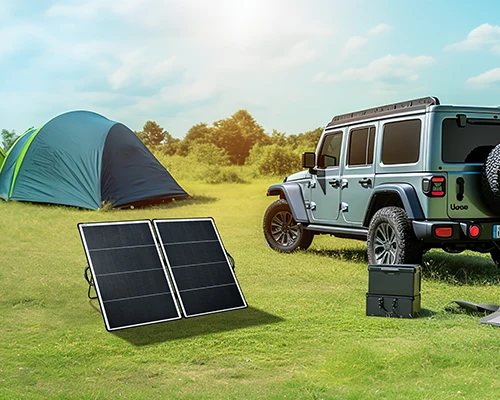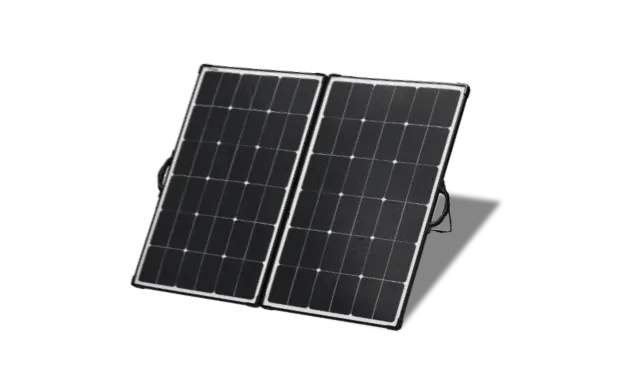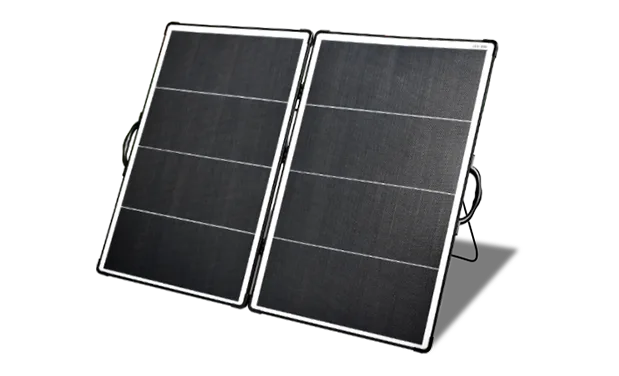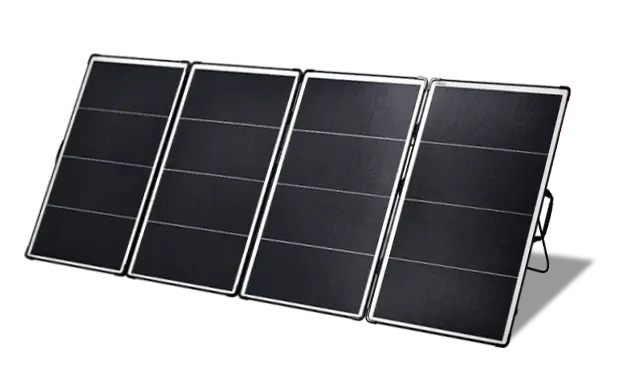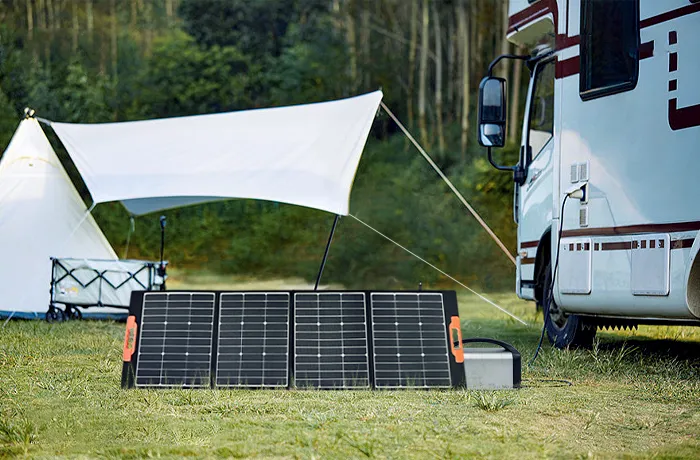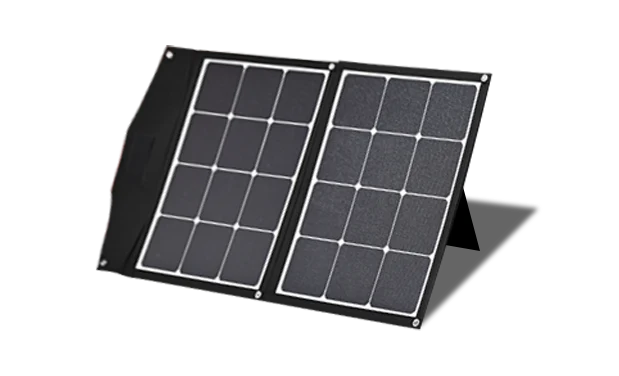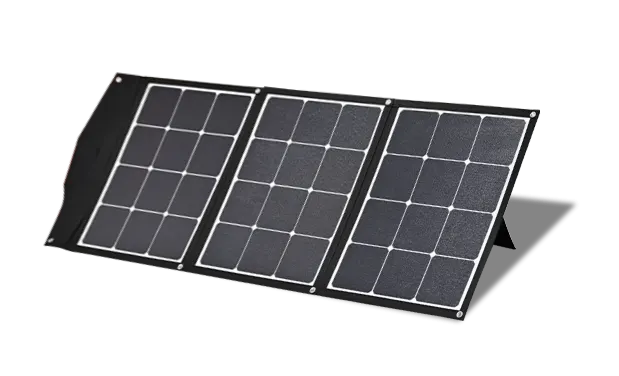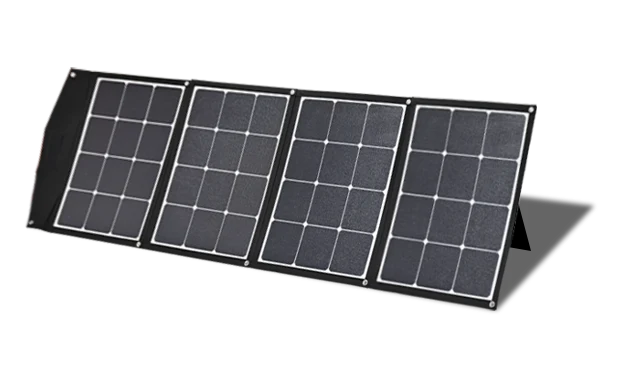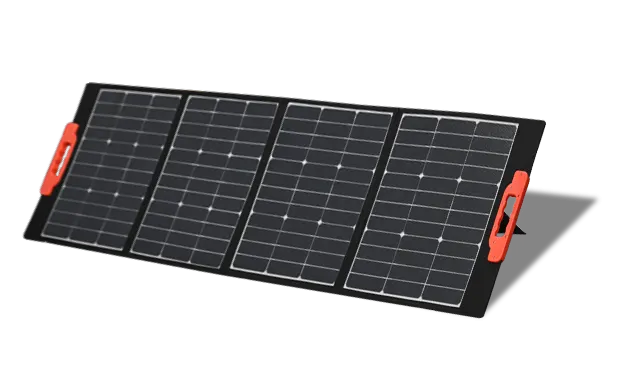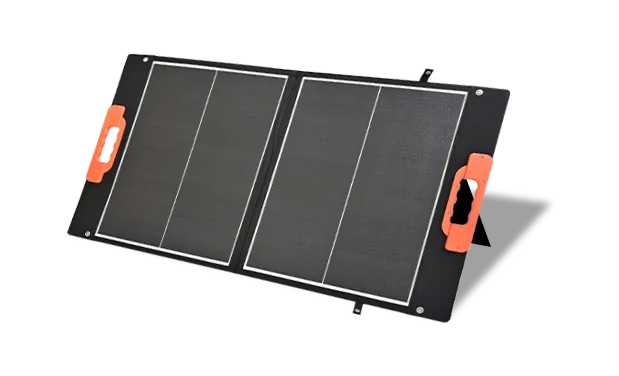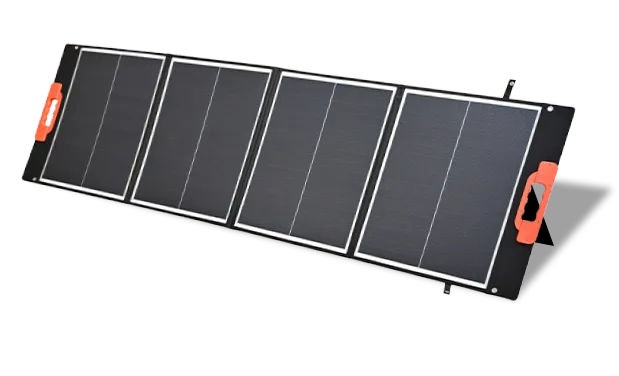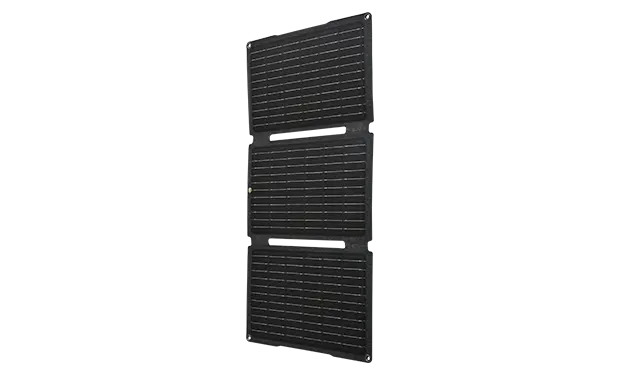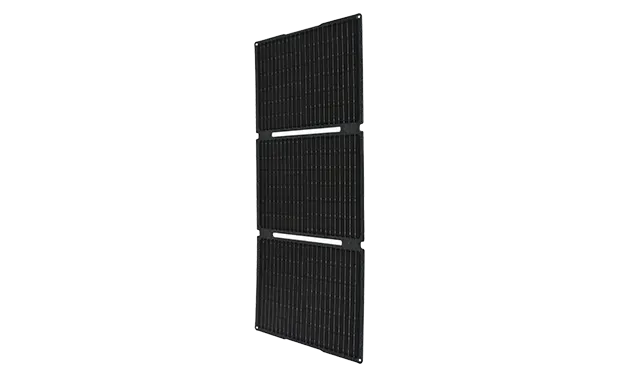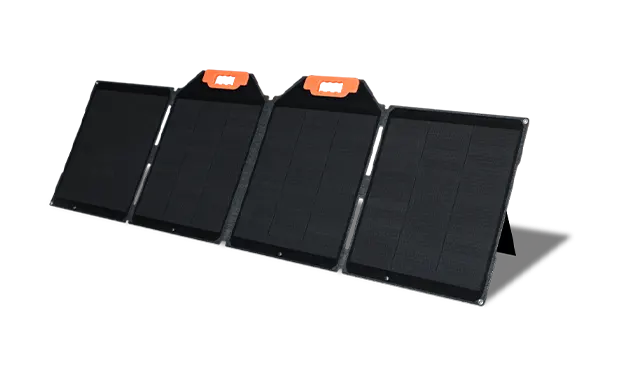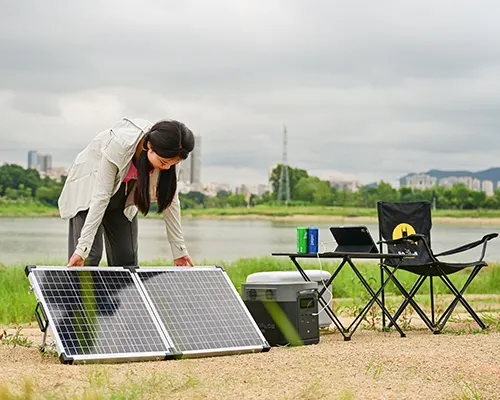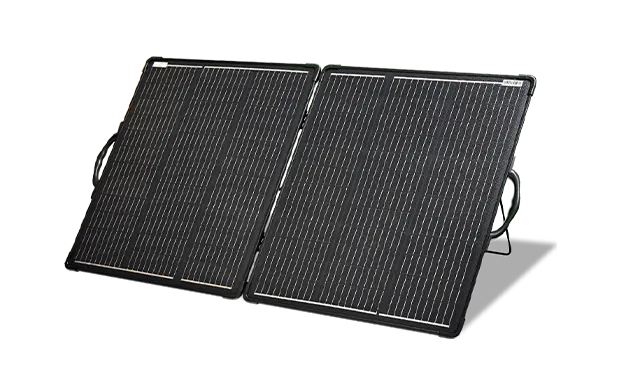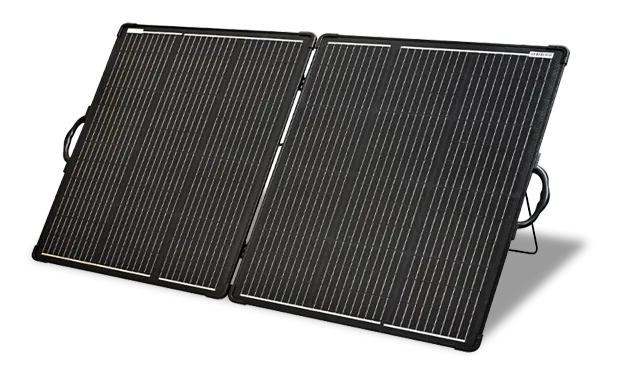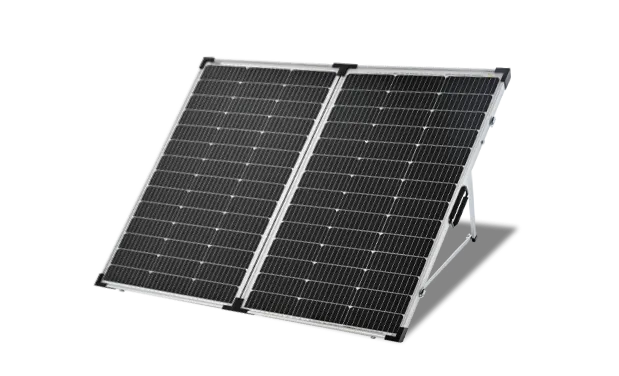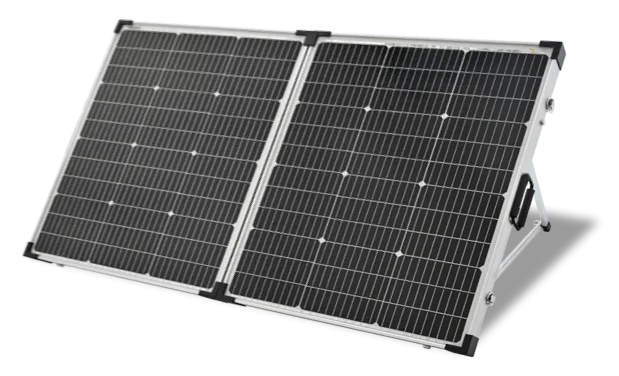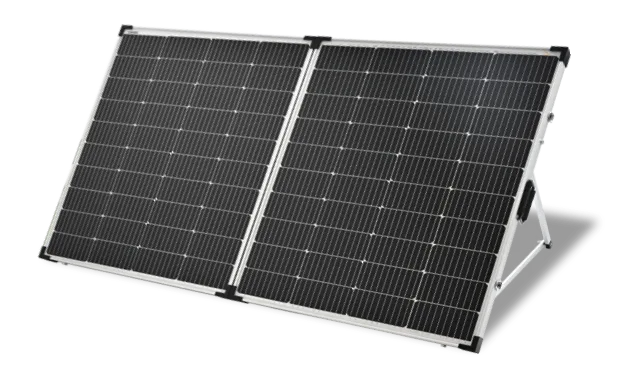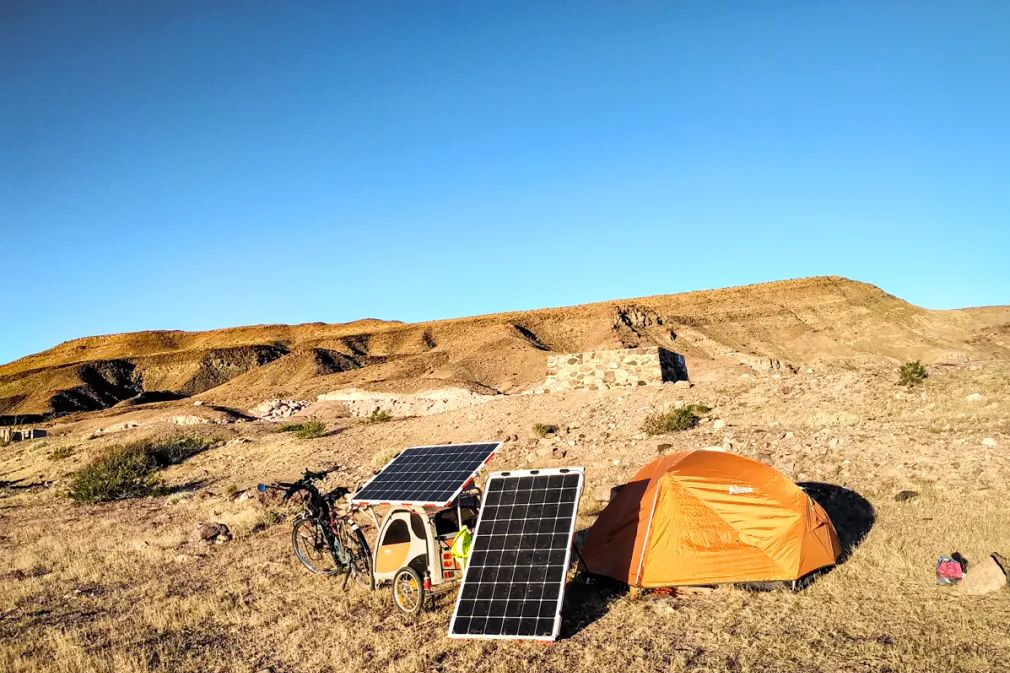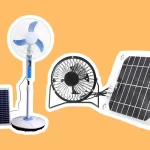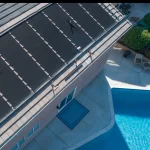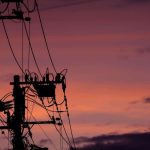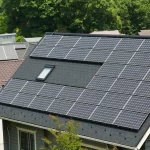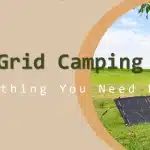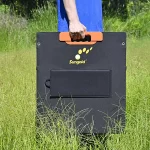For many, the concept of being able to tap into the sun and produce energy that can power their home, business, or automobile is a mysterious phenomenon.
Unlocking the power of the sun in just a few simple steps can not only save you thousands on utility bills but also help create a more sustainable world by reducing our carbon footprint.
Here is how solar panels work to produce energy
Step 1: Solar panels convert sunlight into electricity
Solar panels work to convert sunlight into electricity that your home can use, reducing your electricity bills. Solar panels come in a variety of sizes and shapes, and use a range of solar cell technology.
The very best solar panels work harder by maximizing every drop of solar energy available throughout the day. The first step to creating electricity from the sun occurs in solar panels.
Solar panels are composed of a pattern of silicon cells underneath a glass sheet. When sunlight hits a solar panel, it interacts with the silicon cell, causing electrons to begin to move around. To harness this energy, the cells are fitted with wires that capture the electrical current created by this movement.
Imeaning that they work to produce significantly more solar energy that panels made from other materials. It’s also imperative that your solar panels are engineered and tested to stand up to the world’s harshest conditions, including temperature swings, battering winds, humidity, hail, and more.
If the design or quality of the solar panel is inferior, it could mean that you’ll be producing significantly less solar energy.

Step 2: Inverters convert DC electricity into usable AC electricity
The electricity that comes out of outlets in your home to power your devices is alternating current (or AC) energy. However, as is the case with all power plants, the electricity generated by solar panels is in a different format: direct current (or DC) energy.
In order to make this electricity usable in your home, solar panels are paired with the aptly-named solar inverters, which convert the DC energy from solar panels into usable AC energy for your home.
Whereas solar panels passively lie on rooftops collecting sunlight, inverters are a more active component of solar energy systems with complex power engineering and technical designs.
Step 3: Storing solar power in the grid or at your home
One of the most frequently asked questions about solar is: how do I power my home at night or on cloudy days when the sun isn’t shining? The short answer: by storing that energy for use later.
Most states in the country have net metering policies in place to encourage solar adoption. The way these policies work is that when your solar panels are producing more electricity than your home needs (like during the day when you’re at work), you send that electricity to the grid where it’s used right away, and your electricity meter runs backwards.
At night or when you are using more electricity than your panels are producing, you pull that electricity back from the grid, moving your meter forward.
Instead of sending unused solar electricity to the grid, you can store that solar energy directly at your home in a solar battery. Solar batteries, which are typically between the size of a medium radiator and a small wardrobe, are increasingly popular as an alternative to backup generators in areas impacted by frequent storms or outages since they don’t require fuel or any effort to turn on.
Solar batteries allow you to store any excess solar generation from your panels to continue to power your home directly with the sun.

